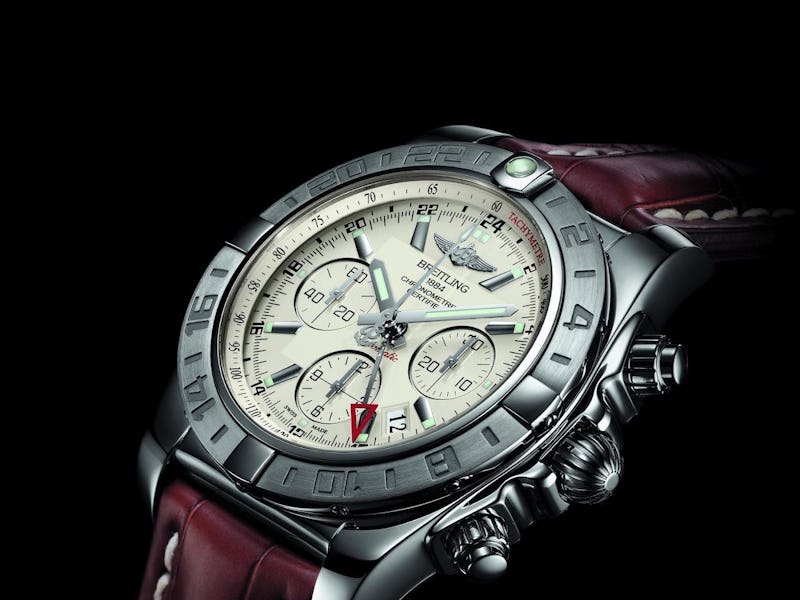Photon Technology Could Stop Watch Counterfeiters in Their Tracks
An EPFL-based startup is changing the way our wearables are authenticated, and it involves more than just laser-cutting.

It may seem like the technology behind traditional (and especially high-end) watches isn’t as popular these days, but that’s a common misconception. With roughly 29 million Swiss watches sold last year, the numbers show that the wristwatch market is still popular, and booming thanks to the introduction of smartwatches. But when it comes to the “timeless” timepieces that are held in high regard, the market is a fairly brutal one: beyond steep prices and heavy competition, counterfeiting is still rampant, and could grow stronger as traditional wrist watches become more of a collectible than ever before.
Now, one startup seeks to stop that by using photon technology to etch out the scammers. Nanoga, creators of the DNAwatch, have proposed that luxury watchmakers begin using all-new technology that they announced today in order to authenticate their future product. That’s a pretty high ask for an industry with such a long-standing history, but the developers have developed the technology (and the proof) to keep these pieces in pristine condition while marking them for authenticity.
Based out of the labs at the École polytechnique fédérale de Lausanne (EPFL) research institution in Switzerland, Nanoga’s “Nano-watermark” promises to identify fake replicas using photons, light, and science. The process works on glass, ceramics, and metal. The result is a mark of authenticity that can only be seen under UV light, but the process is a lot more complicated than that. Nanoga’s statement today broke it down a little easier:
In a machine normally used to make LEDs, the substances are deposited onto the surface as a vapor. Using lithographic printing, certain areas are then activated in order to create the watermark. In a form of atomic gymnastics, the atoms that have been activated react when exposed to ultraviolet light, instantly revealing themselves to the human eye.
The resulting mark is actually composed of a series of layers of atoms that is more than 10,000 times thinner than a hair, according to Nanoga. The icing on the cake, though, is that without the physical marks of processes such as engraving, even the most traditional of pieces can be upgraded with no visual changes. Nanoga has set out to bring local Swiss watchmakers first before it branches out into the industry of luxury wristwear.